Advertisement
Collapse of Utah’s Great Salt Lake is ‘so close you can feel it’
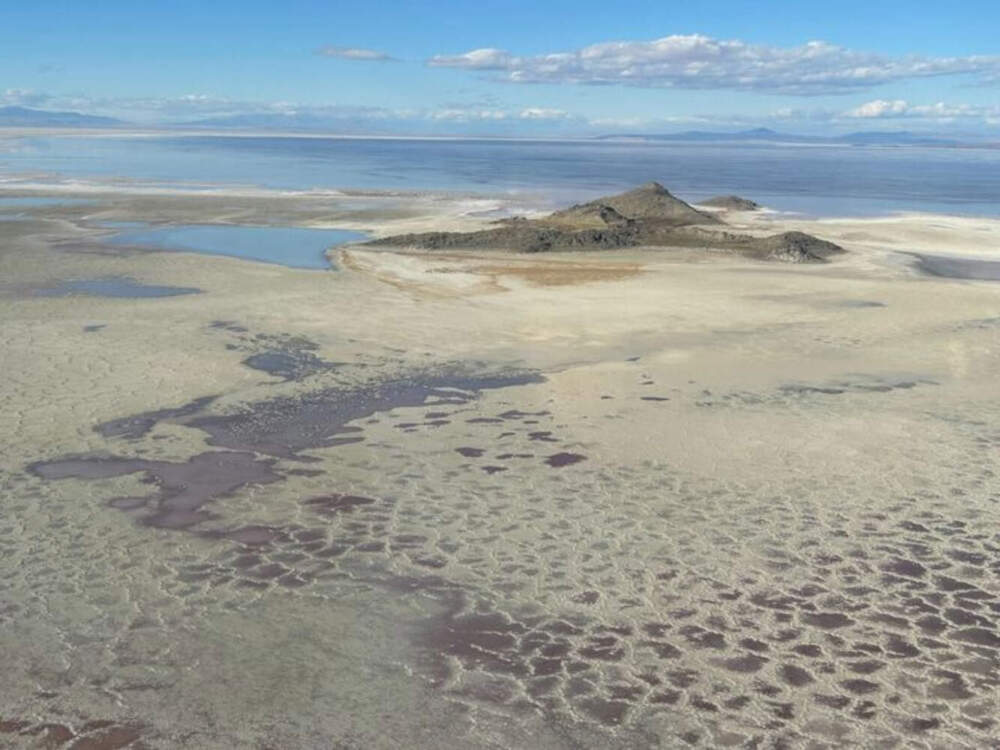
Standing at the edge of the Great Salt Lake, it’s easy to imagine what the Earth looked like long before humans ever got here. It is a primordial place, flattened by wind and water. But decades of drought and overuse have pushed it to the brink.
Along the shrinking shoreline, migratory birds have vanished, and people in nearby cities are breathing toxic dust whipped up from the exposed lakebed.
“I have seen her — the lake — in the good times and the bad times, and right now she’s on life support,” says Darren Parry, a former chairman of the Northwest Band of Shoshone. “I feel helpless to do anything about it.”

Parry’s ancestors have been coming to the lake for generations. He remembers his grandmother taking him as a young boy. She taught him prayers to honor the healing power of the water.
“I’m just hoping and praying that we’ll start making decisions that will allow my children and grandchildren to have a quality of life here like I did,” he says.
In fact, the crisis has set off a race among state lawmakers, scientists and environmental advocates to save the largest salt-water lake in the Western Hemisphere. Last year, when water levels fell to the lowest level ever recorded, it became even more urgent.
For every foot the lake drops, an average of 44 square miles of lakebed is exposed, according to Utah State University’s Wayne Wurtsbaugh. The water becomes saltier, and the fragile food chain spasms. The tiny brine shrimp that flourish in the water die. The brine flies die, too, and about 10 million migratory birds that find refuge at the lake have less to eat.
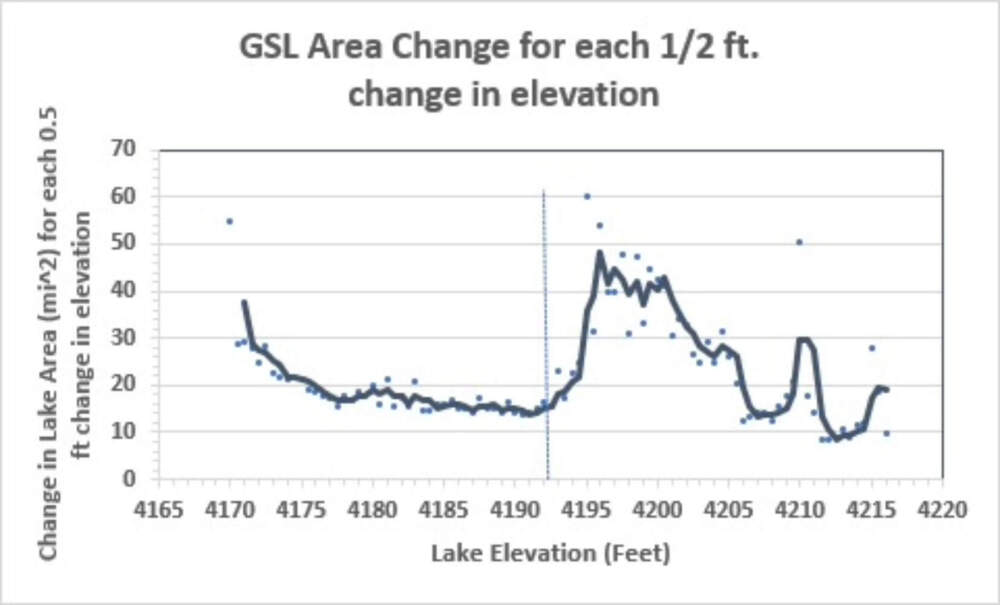
“We are sitting on the precipice of an ecosystem collapsing,” says Bonnie Baxter, a biologist and director of the Great Salt Lake Institute at Westminster University. “I just can’t say it any other way. We are so close you can feel it.”
Baxter collects water samples to understand how the biology of the lake is changing. She says the water actually rose after record-breaking storms buried Utah’s mountains in snow last winter. But when it melted this spring, the lake came up just a few feet — and a lot has already evaporated.
“It’s a once-in-a lifetime deposit of water into this lake,” Baxter says. “Do we really expect that to happen for another five or 10 years in a row? No.”
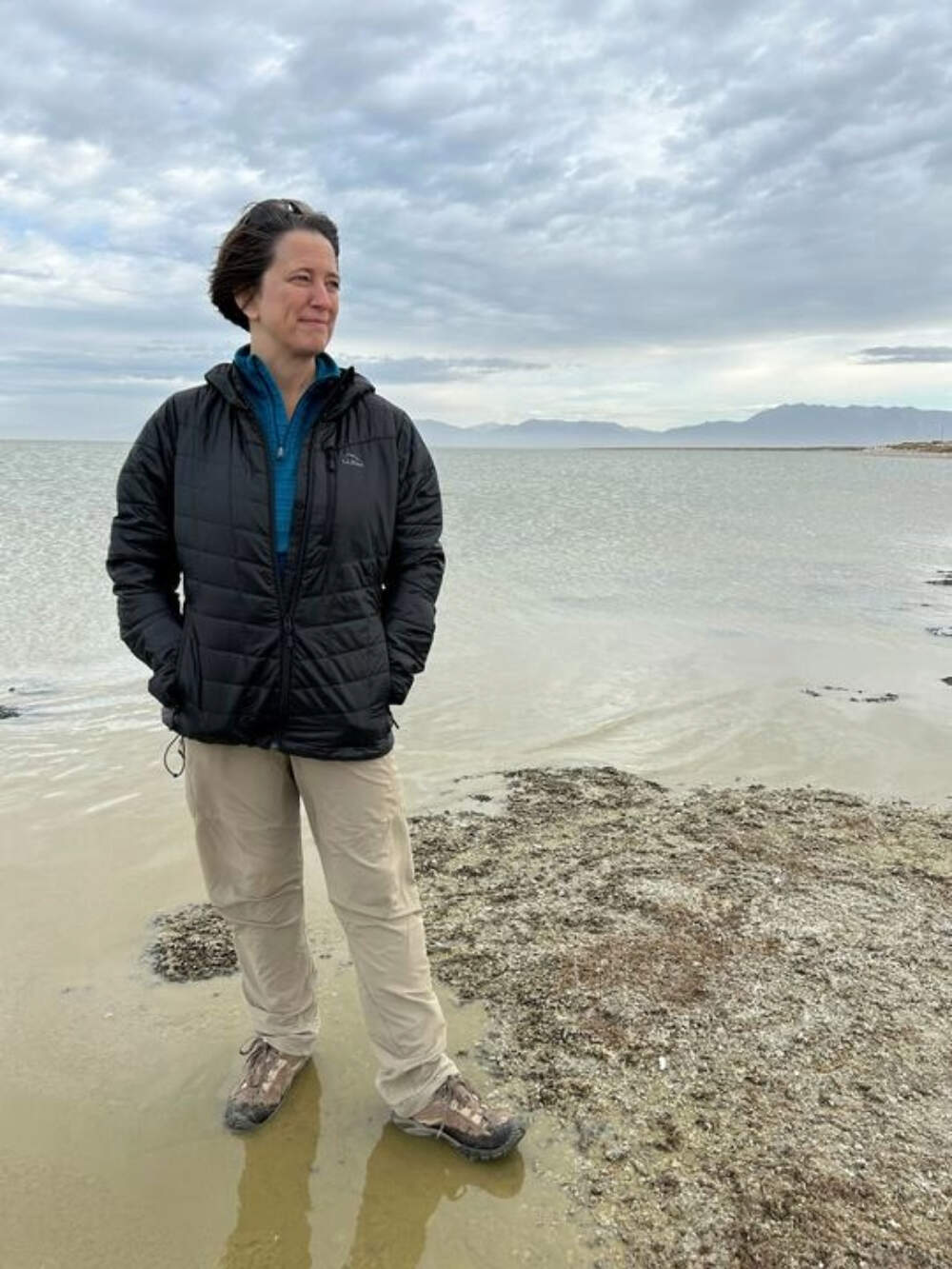
Climate change and drought are just part of the problem.
Most of the water that would normally flow downstream to fill the lake is used by farms. But people in booming cities are thirsty, too. And so are their lawns. In 2020, Utah was the fastest-growing state in the country. It is the defining environmental problem of the West in the 21st century — Demand for water is growing when there’s less of it.
As a result of these pressures, Baxter and her colleagues published a report earlier this year that predicted the lake could dry up in the next five years. “I think we bought ourselves a year or two with the snow. But five years — seven years — what’s the difference?”
‘The lake is our problem’
There is some disagreement about how much time remains before the lake’s ecosystem collapses, but no one disputes that it’s on the edge.
“We know what failure looks like. It looks like a dying lake,” says Utah’s Great Salt Lake Commissioner Brian Steed. “We need to avoid it at all costs.”
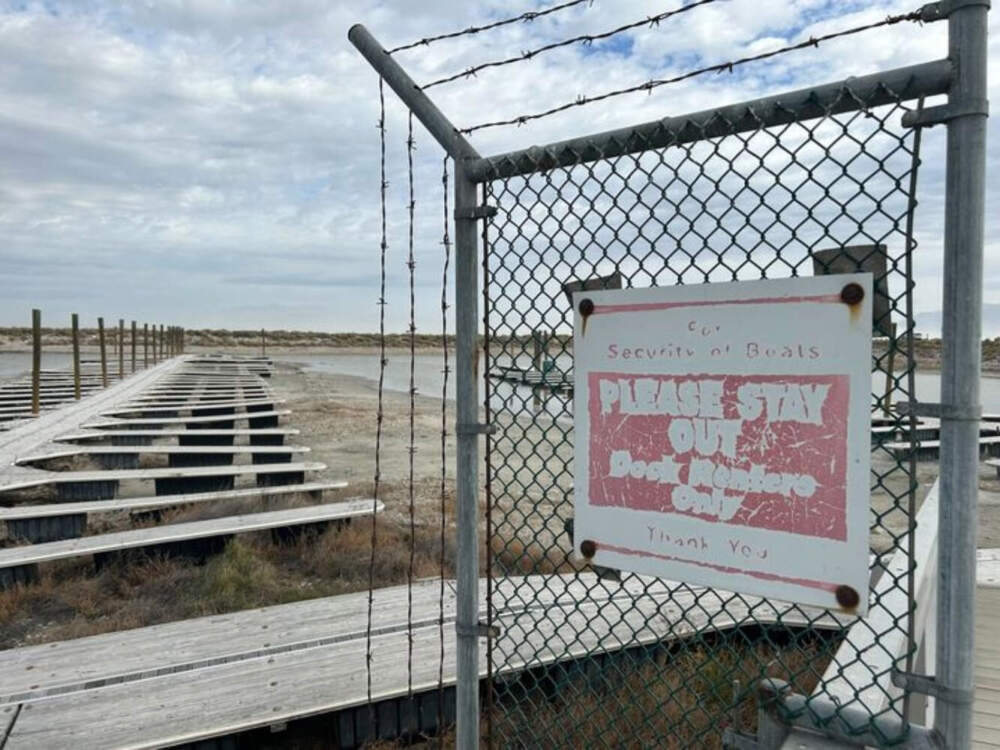
Steed was appointed earlier this year by Utah Gov. Spencer Cox to coordinate the state’s response to the crisis. It’s a new position, and Steed has only been at work for a few months.
Utahns used to think of the lake as a stinky, buggy place “where water went to die”, Steed says. But lately, its reputation has been changing. The statehouse approved a $40-million fund to restore the lake’s shrinking wetlands. There’s money to buy up or lease water rights so that water can be redirected to the lake. And earlier this year the Church of Jesus Christ of Latter-Day Saints donated 20,000 acre-feet of water to help ease the shortage.
There’s also a growing effort to help farms and cities conserve water. According to federal government surveys, Utah residents use more water per capita than almost any other state in the country. However so far, the state has not imposed mandatory water cuts.
“We are a conservative state,” says Steed. “I don’t think we are there yet. But I will say this: there’s a lot that we can do by using less water. There was a time when you could grow an acre of Kentucky bluegrass in your front yard and we had the water to do that. We don’t have that any more.”
Advertisement
A green-energy boom complicates the future
It’s not just farms and cities that use water destined for the Great Salt Lake. Mineral production depletes about 8% of the lake’s supply, and there’s concern among state regulators that a green-energy boom could endanger the lake levels even further.
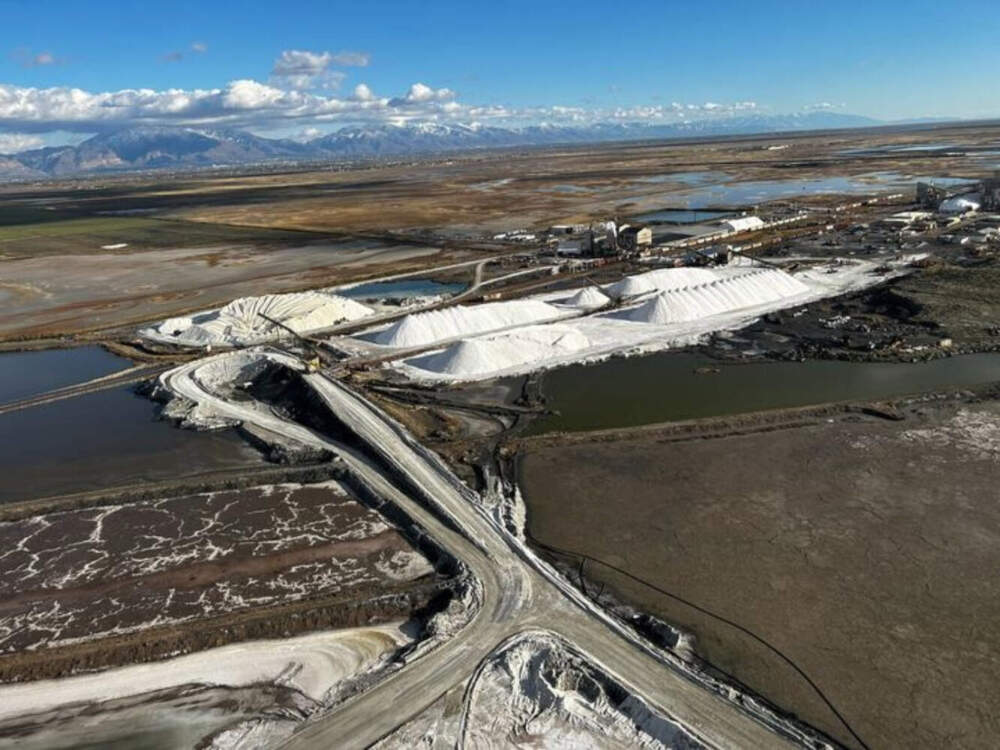
At least three companies have expressed interest in extracting lithium from the lake’s mineral-rich brine, according to state officials.
“The conjecture is that lithium demand is going to double between now and 2025, and double again between 2025 and 2030,” says Compass Minerals CEO Kevin Crutchfield, citing the need for a key ingredient in electric-vehicle batteries. “One of the things we need to solve long term, if we are going to green up the economy, is electricity storage.”
In response to that demand, Compass broke ground on a lakeside plant that would produce 11,000 metric tons of battery-grade lithium a year. Salty lakes are a prime source for the metal, but extracting it can use a tremendous amount of water.
For decades, Compass has used large ponds on the lake to produce salt, potassium, and magnesium. Once the water in the ponds evaporates, the remaining minerals can be harvested. Compass maintains it would use the same ponds to extract lithium that it already uses for the other minerals, meaning “incrementally it’s not any more evaporative than what we’re doing today,” Crutchfield says.
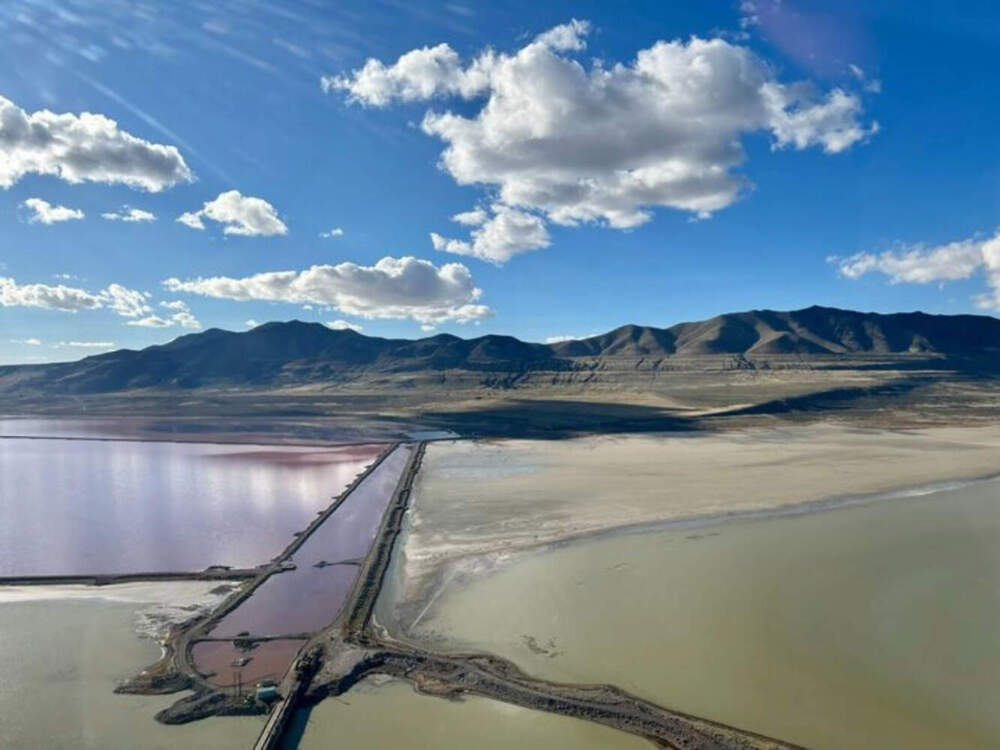
“It’s delicate for sure,” he adds, acknowledging that a solution to decarbonize the economy could also lead to further environmental damage. “We understand that. The lake is a treasure for the state of Utah, and we don’t want to be the ones that are blamed for damage to the lake.”
But with lithium prices near $30,000 a ton, regulators worry that mineral companies will ramp up production at the worst possible time. Compass has the right to use far more water than they already do.
“The goal is to phase out the evaporative process altogether, if it’s possible," says Ben Stireman, deputy director of lands and minerals for the state’s Department of Natural Resources.
To that end, the state is putting new policy controls in place so Utah can ensure companies are telling the truth about their water consumption, says Rep. Casey Snider. The Republican lawmaker sponsored and passed a bill this year that created a framework for lithium extraction on the lake.
Snider says he was concerned when Compass moved forward with its plan to extract the metal before there were rules in place. The new law enshrines several guardrails, including a favorable royalty structure for companies that don’t use evaporation to produce their minerals. The law also requires companies to put water back into the lake if they exceed a certain threshold. Snider says the value of lithium production is not higher than the health of the lake.
“It’s not worth it,” he says. “The priority has to be protecting the Great Salt Lake.”
Snider’s bill — and the rule making it triggered at the state’s land department — was too much for Compass. Last week, Crutchfield announced the company was suspending its plan to take lithium from the lake, citing a “significant amount” of regulatory uncertainty.`
The ‘magnitude of the challenge’
The state’s efforts to save the lake are mere “baby steps,” according to Zach Frankel.
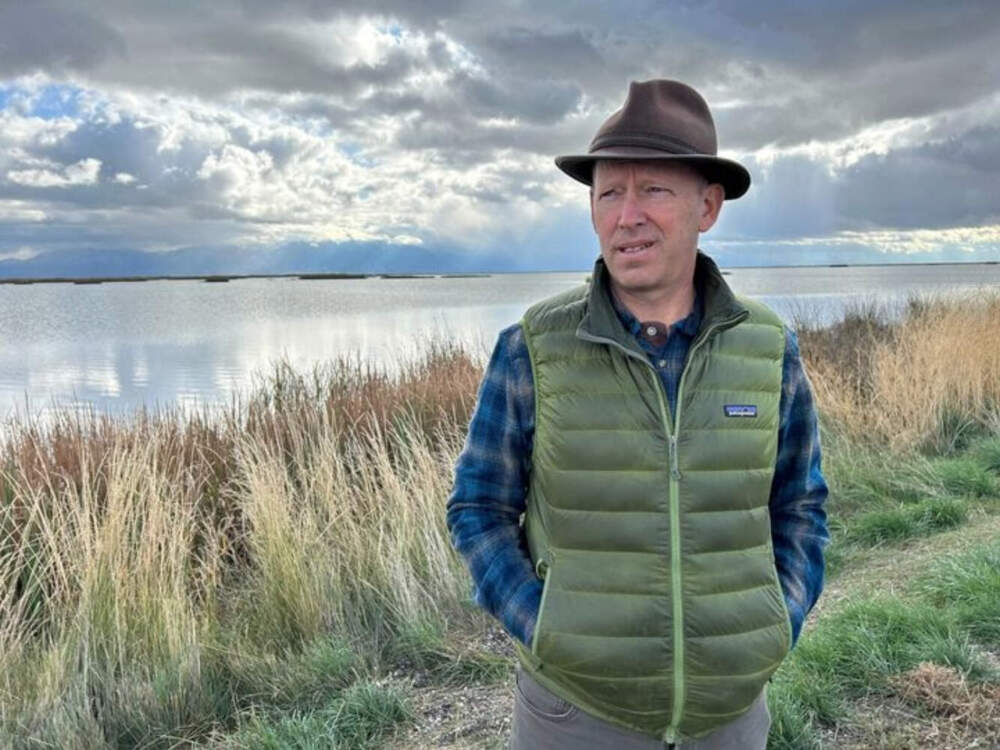
On a late October morning, the head of the Utah Rivers Council is peering through binoculars on the Bear River Migratory Bird Refuge. The Bear River is the largest source of freshwater for the lake, and Frankel has worked for years to keep it flowing.
“We need to repay the water debt that we owe the Great Salt Lake,” Frankel says. “We owe the lake eight million acre feet of water, and we don’t even have an official state goal to establish a minimum elevation for the lake.”
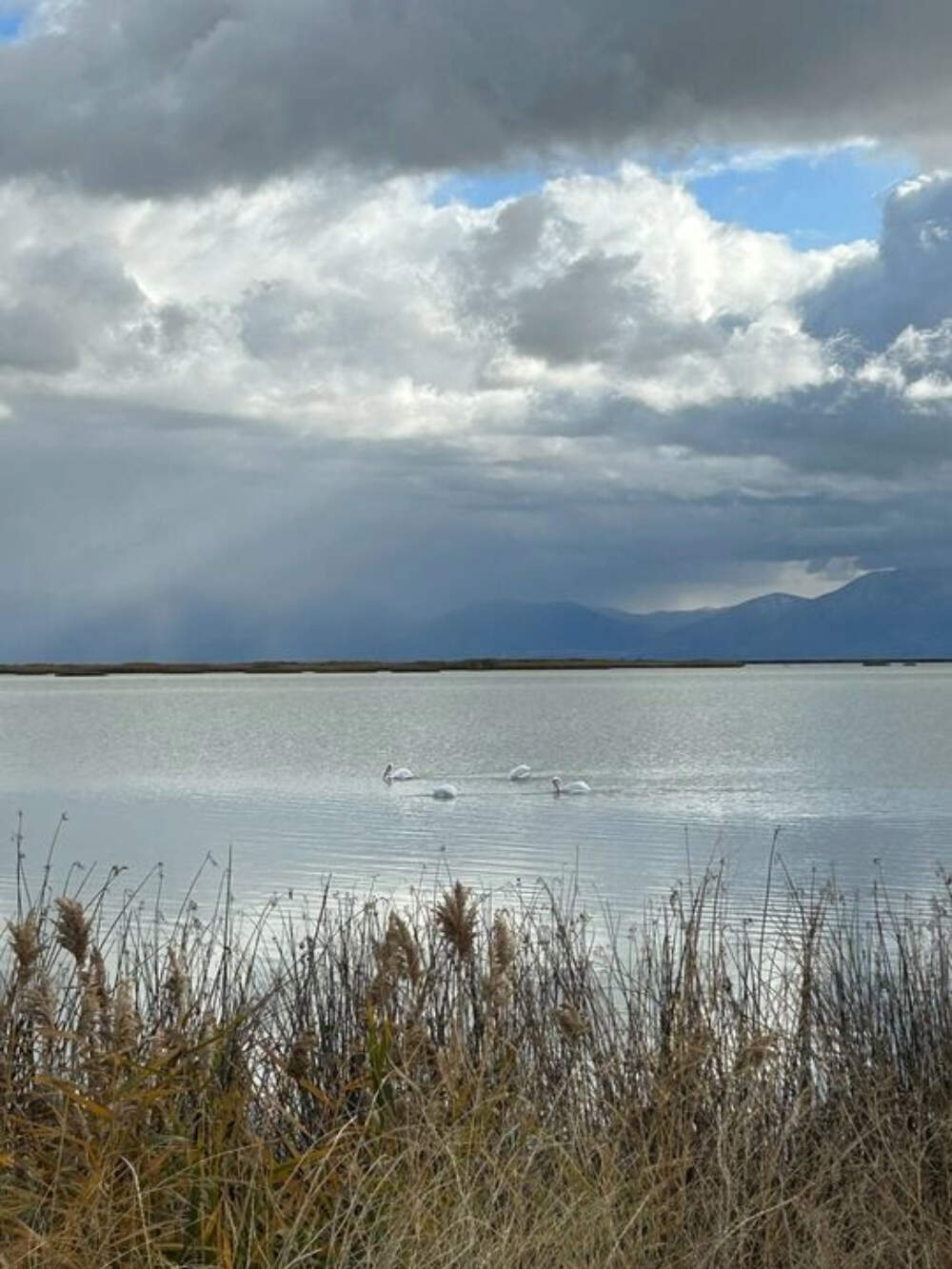
This September, the Utah Rivers Council joined other conservation groups to sue the state, accusing Utah of breaching its duty to protect the lake for the public.
As Frankel braces himself against the cold, a half dozen American white pelicans are feeding on the river just upstream of its estuary with the lake. Until recently, the region was home to one of the largest colonies of white pelicans in North America. They raised their young on Gunnison Island. But with their home exposed to the mainland, coyotes and other predators were able to walk across the dried-up lake bed and feast on the birds.
This year, nearly 20,000 pelicans flew away and never came back.
“It’s a sign of the potential end of the Great Salt Lake,” Frankel says. “The state of Utah’s response to this crisis has been extremely feeble and peppered with all kinds of propaganda, claiming they are solving the problem when they don’t even have a handle on the magnitude of the challenge facing us.”
This segment aired on November 7, 2023.
